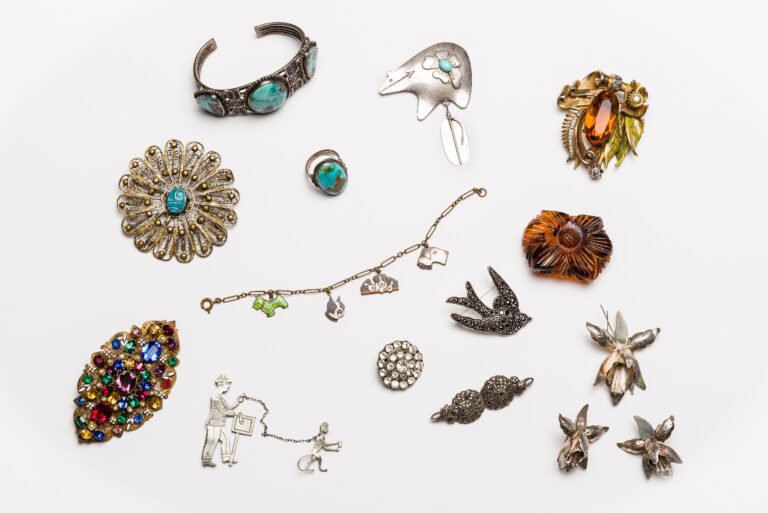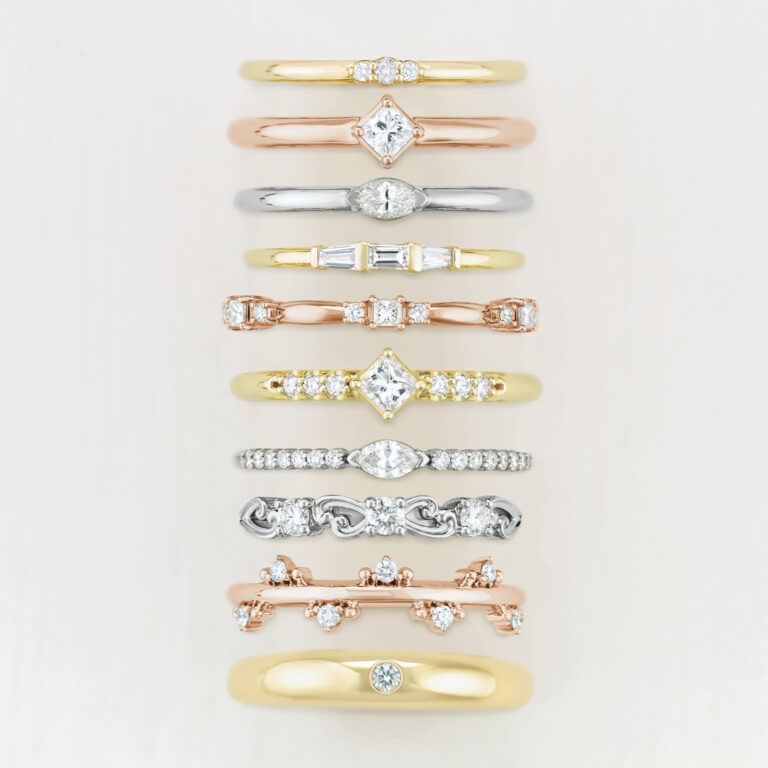Identifying Georgian Jewelry
Georgian jewelry, dating back to the 18th and early 19th centuries, holds a unique allure with its exquisite craftsmanship, historical significance, and timeless beauty. However, distinguishing authentic Georgian jewelry from modern reproductions can be a challenging task for collectors and enthusiasts. In this article, we will explore the key aspects and techniques to help you identify genuine Georgian jewelry, ensuring that you acquire a piece of history and elegance.
Understanding the historical context of the Georgian era is crucial in identifying genuine Georgian jewelry. This period spans from 1714 to 1837, covering the reigns of four King Georges of England. The jewelry of this time reflects the prevailing fashion, societal values, and technological advancements of that era. Research and immerse yourself in the art, fashion, and culture of the time to develop a keen eye for authenticity.
Georgian jewelry predominantly used precious metals such as gold and silver, often with a high karat content. The goldwork of this era may exhibit a slightly rosy hue, due to the use of copper alloyed with gold. Additionally, Georgian jewelry often features natural gemstones like diamonds, pearls, emeralds, and garnets. Look for hallmarks, assay marks, or acid tests on the metal to determine its authenticity.

Georgian jewelry is renowned for its exquisite craftsmanship and intricate designs. Pay attention to the setting of gemstones. Georgian pieces typically feature closed-back settings with foiled gemstones, which enhance their brilliance. Intricate filigree work, cannetille (wirework), and intricate engravings are also common features. Examine the piece closely to ensure the craftsmanship matches the quality expected from the era.
Authentic Georgian jewelry often displays signs of age and wear. Look for a natural patina, a thin layer of tarnish or oxidation, on the metal surfaces. A consistent patina throughout the piece is a good sign of authenticity. Additionally, examine clasps, hinges, and pinbacks for wear and tear, as these components may have been replaced in later reproductions.
Georgian jewelry typically features gemstones cut in styles that were popular during the era. Rose-cut and old mine-cut diamonds were prevalent, as well as cabochon-cut gemstones like garnets and turquoise. Familiarize yourself with these historical gemstone cuts and shapes to better identify authentic Georgian pieces.
Georgian jewelry often employed prong settings for gemstones, sometimes with closed-backs to enhance the stone’s brilliance. Examine the prongs closely; they should appear handcrafted and uneven, as opposed to the precision of modern settings. Bezel settings were also used, particularly for cabochon-cut gemstones.
When in doubt, seek the expertise of a professional jeweler or appraiser specializing in antique jewelry. They can provide a thorough assessment, including tests for materials, gemstones, and craftsmanship. An expert’s trained eye and access to specialized tools can be invaluable in confirming the authenticity of Georgian jewelry.
Georgian jewelry represents a fascinating chapter in the history of adornment, showcasing a blend of artistry, craftsmanship, and historical significance. Identifying genuine Georgian jewelry requires a combination of historical knowledge, keen observation, and expert guidance. As you embark on your journey to acquire these exquisite pieces, remember that each genuine Georgian jewelry item is not only a beautiful adornment but also a cherished artifact from a bygone era, preserving the elegance and charm of the past for generations to come.


